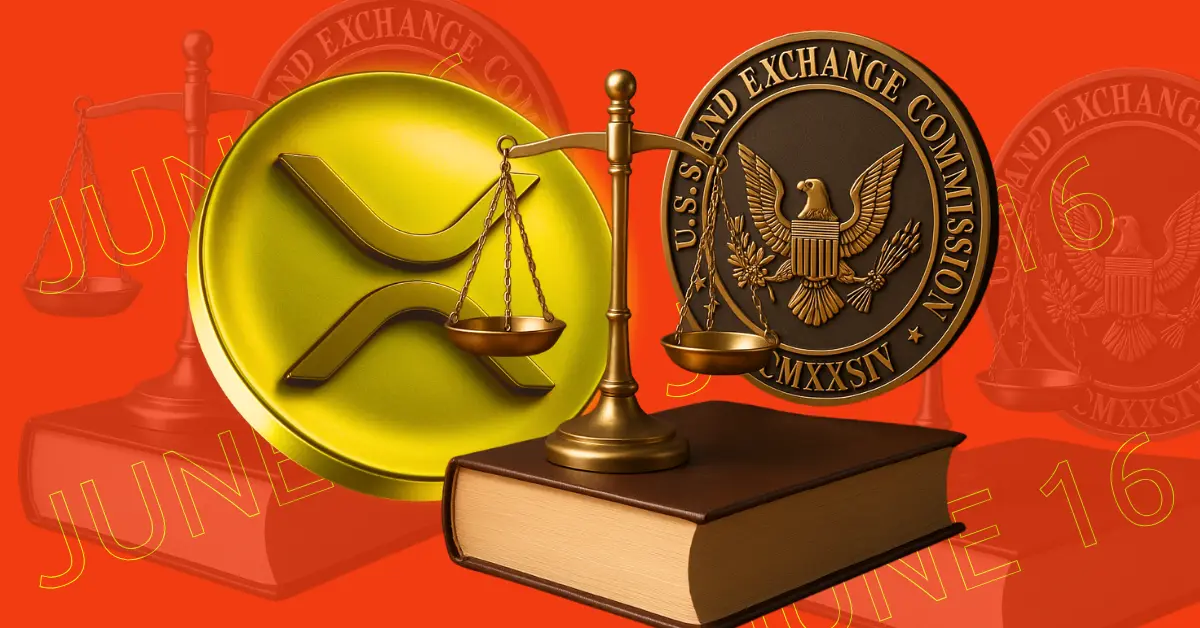The closing chapter of the Ripple and SEC legal saga, which has significantly impacted cryptocurrency regulation and market perceptions over the last several years, is now unfolding with a pivotal joint motion to settle outstanding financial and legal disputes. This comprehensive report unpacks the key aspects of this development, its ramifications for Ripple, XRP, the SEC, and the broader crypto landscape.
—
Background: A Long-Running Legal Conflict
Ripple Labs, the company behind the cryptocurrency XRP, has been embroiled in a protracted legal battle with the U.S. Securities and Exchange Commission (SEC). The core issue centered on whether XRP qualifies as a security under U.S. law, with profound implications for regulatory compliance and investor protection. Prior court proceedings notably ruled that XRP is *not* a security in secondary markets, marking a significant legal precedent and shaping ongoing industry debates.
The lawsuit, lasting nearly five years, created ongoing uncertainty for Ripple and the crypto market, influencing XRP’s trading, adoption, and regulatory scrutiny. The drawn-out nature of proceedings also underscored broader challenges in regulating digital assets amidst rapid innovation.
—
The Joint Motion: Finalizing a $125 Million Escrow Deal
Recently, Ripple and the SEC have filed a joint motion in the Manhattan federal court signaling a resolution. The motion requests court approval to release $125 million currently held in escrow, distributed as follows:
– $50 million to be paid as a penalty to the SEC
– $75 million to be returned to Ripple Labs
This financial arrangement aims to close the legal dispute, dissolve existing injunctions on XRP sales, and allow both parties to move forward without further litigation.
Key details include:
– Court approval is a necessary step to modify previous judgments and officially release funds.
– The joint filing emphasizes the desire to “close the chapter” on one of the longest-standing disputes in crypto regulation.
– The settlement reflects a pragmatic compromise rather than a clear-cut victory or loss, balancing penalties with fund restitution.
—
Market and Industry Impact
The immediate market response to news of the pending settlement has been notably positive. XRP’s price surged to approximately $2.16, with technical analysts identifying resistance levels at $2.35 and $2.60. This rally reflects investor optimism about regulatory clarity and removal of legal overhangs.
More broadly, ending the Ripple-SEC case carries these implications:
– Regulatory Precedent: The outcome helps demarcate the boundaries of securities law applicability to digital assets, influencing how other cryptocurrencies might be classified and regulated.
– Investor Confidence: Reducing litigation uncertainty can spur greater adoption and integration of XRP within financial systems, potentially boosting use cases like cross-border payments.
– Future Crypto Litigation: The settlement provides a model for resolving cases without prolonged courtroom battles, perhaps encouraging more negotiations over adversarial litigation in the crypto space.
—
Judicial Considerations and Ongoing Developments
While the joint motion marks a major step forward, some procedural nuances remain:
– Judge Analisa Torres, presiding over the case, previously denied a separate proposal by Ripple and the SEC to reduce the civil penalty from $125 million to $50 million, indicating active judicial oversight.
– The current motion reflects a refined agreement adhering to procedural requirements, which the court must still approve to finalize the settlement.
– The judge’s forthcoming ruling will be decisive in confirming the legal closure of the case.
This dynamic illustrates the balancing act courts play in ensuring that settlements comply with legal standards while facilitating dispute resolution.
—
Conclusion: A Landmark Moment for Ripple, SEC, and Crypto Regulation
The motion by Ripple and the SEC to distribute $125 million in escrow funds and dissolve injunctions could mark the conclusion of a legal battle that has shaped cryptocurrency regulation for years. Its significance transcends dollar figures; it signifies a potential turning point toward regulatory clarity, market stability, and pragmatic resolution methods in an industry often fraught with legal uncertainty.
Ripple stands to recover a substantial portion of escrowed funds, while acknowledging a meaningful penalty, establishing a compromise underpinning future regulatory dialogues. For the SEC, the agreement enables enforcement goals without prolonged conflict. For investors and the broader crypto ecosystem, this development injects renewed confidence and may stimulate mainstream adoption.
As the court prepares to rule, the conclusion of this lawsuit will likely resonate as a milestone, opening pathways for more defined regulatory frameworks and a more mature cryptocurrency market.
—





